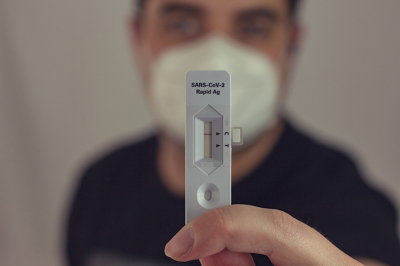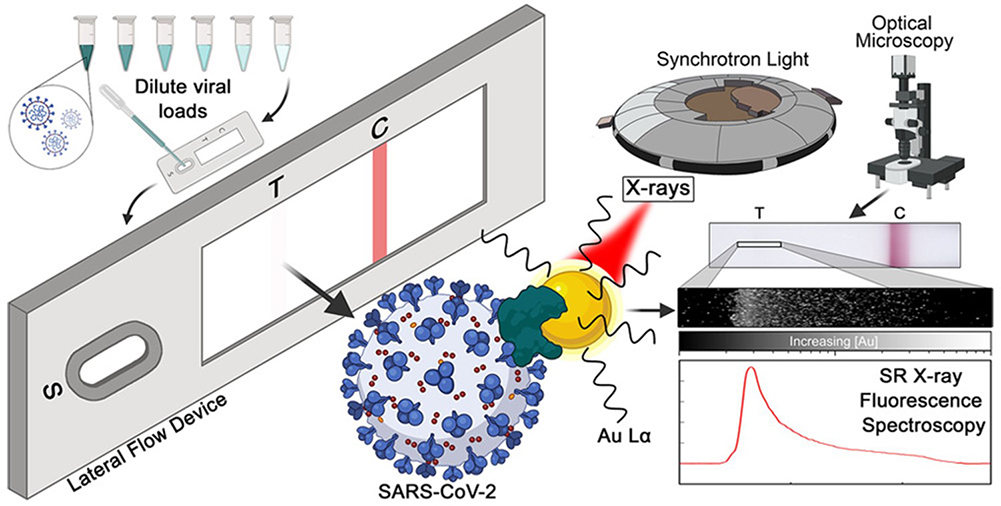
Using X-ray fluorescence imaging at Diamond, researchers from King’s College London set out to identify what could be causing these false-negative results, and what potential modifications could enable increased accuracy. They identified that the underlying technology of the lateral flow devices is highly accurate and able to theoretically detect trace amounts of the COVID-19 virus, but the limitations fall to the read-out of the device.
The study suggests several potentially simple modifications to the Lateral Flow Devices that could lead to improved performance. Professor Owen Addison, Professor of Oral Rehabilitation from King’s College London, said: “Methods to detect infectious individuals who do not show or are yet to show symptoms remain essential for the management of the current pandemic. Lateral flow devices are the simplest and most accessible tests available, and our findings show great scope for improving the deficiencies that these tests have been recently criticised for.”
The research was a collaboration between King’s College London, Guy’s and St Thomas’ Hospital Trust and Diamond. Using Diamond’s Microfocus Spectroscopy Beamline, I18, researchers used X-ray light to image how the virus interacts with the tests. Diamond also supported the project by a rapid award of experimental time.
Konstantin Ignatyev, Principal Beamline Scientist on I18, said: “This is a very timely research that sheds a light on the inner mechanisms of the Lateral Flow Devices for COVID-19 testing and highlights the deficiencies that need addressing in order to improve their accuracy. The measurements with spatial resolution and sensitivity that this study required are only possible at a synchrotron such as Diamond. An equally important factor to the success of this study was the close collaboration between scientists from academia and the beamline staff, including beamline scientists and technicians as well as the continuing user support from various groups at Diamond.”

Lateral flow devices were introduced late in 2020 on a global scale to help detect COVID-19 infection in asymptomatic or pre-symptomatic individuals, with test results produced rapidly in half an hour or less. However, their potential has been somewhat hindered by inadequate sensitivity, with a high number of false-negative results.
Just over a year ago, little was known about the COVID-19 virus, how it worked to infect us, how it was passed on, and furthermore the possible solutions and therapies. For over a year, Diamond has been committed to working with global experts and has contributed to unlocking some of the virus’s secrets.










